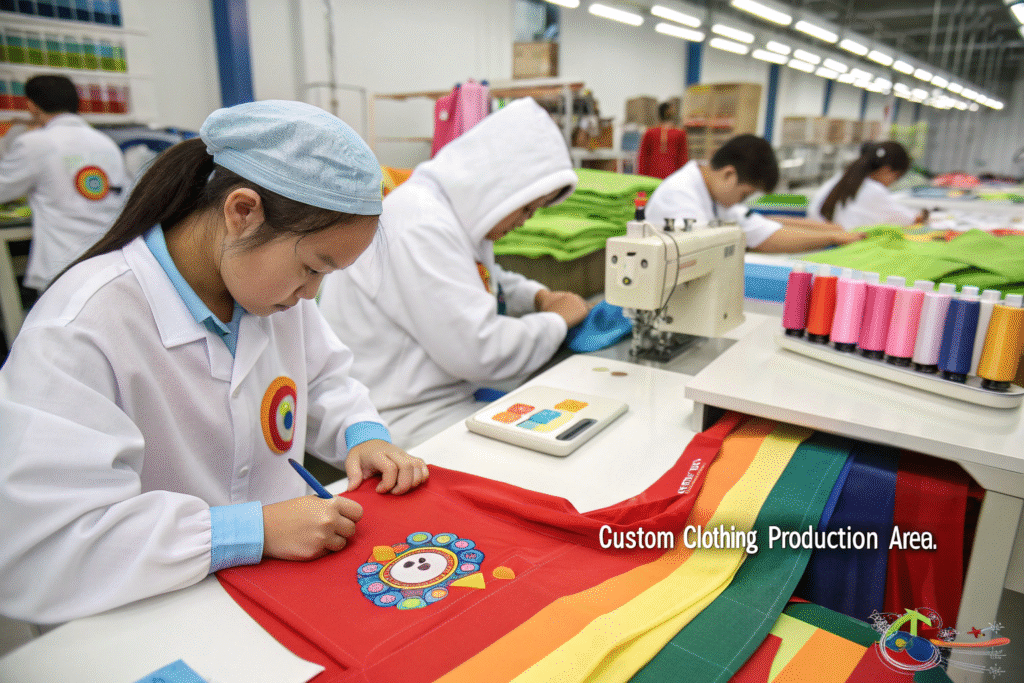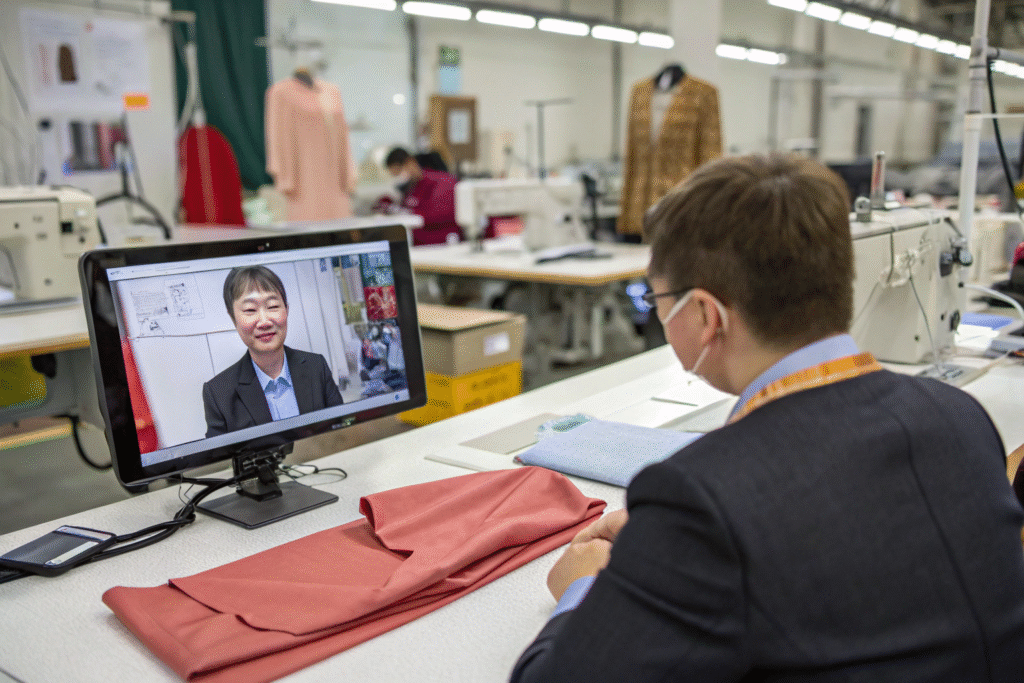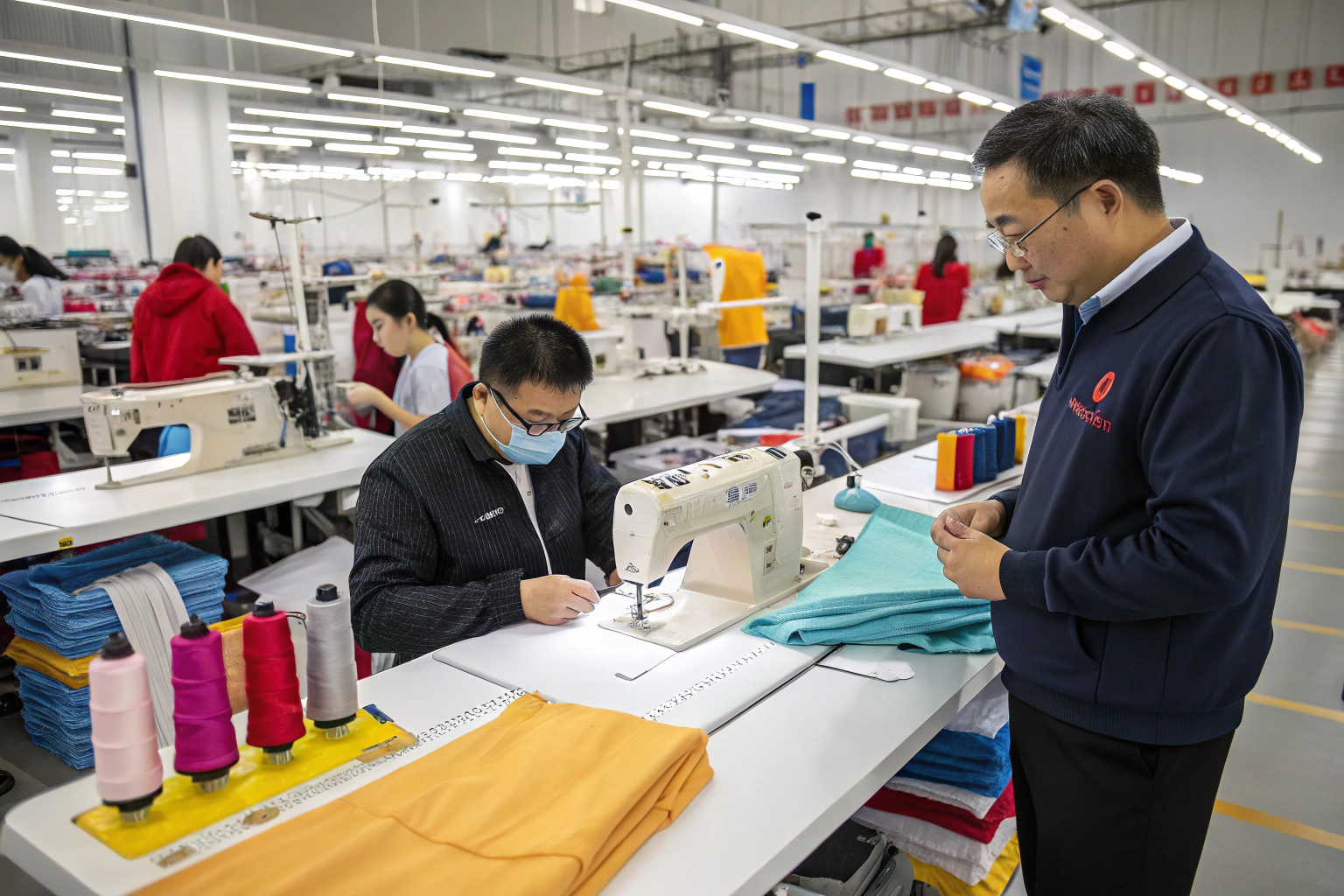If you're launching or scaling a kidswear brand, chances are you've wondered who exactly helps bring your vision to life. When you need unique styles, branded tags, custom sizing, or special fabrics—not just off-the-shelf products—you need more than a basic factory.
A manufacturer that can customize kids clothes is called an OEM or ODM kidswear manufacturer. These are specialized factories that offer full design-to-delivery solutions for personalized or private-label children’s clothing.
In this article, I’ll explain the difference between OEM and ODM in kidswear, how to identify trustworthy custom manufacturers, and why working directly with these suppliers helps retail brands grow profitably and reliably.
What is an OEM or ODM kidswear manufacturer?
An OEM (Original Equipment Manufacturer) makes kidswear based on your designs or tech packs. You tell them exactly what to produce—measurements, fabrics, trims, and logo placement. They manufacture it for you without changing the design.
An ODM (Original Design Manufacturer), on the other hand, offers pre-designed styles that can be tweaked or branded. They might develop the design, fabric combo, and colorways—and you apply your label.
At Fumao Clothing, we provide both services. For some clients, we produce styles they designed with their own fashion team. For others, we create collections from scratch, including moodboards, color palettes, and sizing guides.

How do OEM and ODM services benefit kidswear brands?
Both OEM and ODM services offer control and flexibility. OEM is ideal if you have an established brand identity and want to maintain it through precise execution. ODM is great for startups or retailers who want ready-made options with a custom touch.
Many of our clients start with ODM and gradually shift to OEM as they understand what sells best. This hybrid approach reduces sampling costs and accelerates time to market. You can learn more about OEM vs ODM from sourcing-focused business platforms.
Are OEM/ODM factories different from regular clothing suppliers?
Yes. OEM/ODM manufacturers usually offer extra services like grading, technical drawing, packaging design, and private labeling. They maintain sample rooms, R&D teams, and quality control checkpoints. Our own facility in Zhejiang includes a separate floor just for tech pack development and embroidery testing.
Sites like Maker’s Row show that Western brands increasingly favor working with vertically integrated factories like ours. The customization services create value, not just cheaper output.
What customization options should manufacturers offer?
If you're choosing a manufacturer for custom kidswear, look for a wide range of services. These may include:
- Private label application (tags, labels, hangtags)
- Custom sizing and age-specific fits
- Logo embroidery or screen printing
- Color matching and dye-to-order fabric
- Special trims, accessories, or safety snaps
- Custom packaging (polybags, boxes, inserts)
At Fumao Clothing, we help clients translate inspiration into product. Whether it’s a pastel-toned baby romper with snaps on the shoulder or a UV-blocking toddler set for summer, we handle both design input and technical feasibility.

What’s the difference between custom branding and full product design?
Custom branding refers to adding your logo to existing garments. It includes printed neck labels, woven tags, and packaging elements. We often offer this service to ecommerce brands and influencers.
Full product design involves developing everything from the silhouette to the fabric type. This requires sketching, pattern making, sampling, and revisions. Tools like Clo3D help our team simulate garments before production. This level of service ensures your collection is 100% unique.
Can manufacturers handle eco-friendly customization?
Yes, and it’s increasingly in demand. We offer GOTS-certified organic cotton, recycled polyester, and natural dyes. Clients also request biodegradable packaging or plastic-free trim options.
Resources like Common Objective offer sustainability insights. We source certified materials from partners within China to reduce lead time and shipping emissions. Ask your manufacturer for test reports and compliance documents to ensure claims are real.
How do I find a reliable kidswear customization factory?
Finding a true OEM/ODM factory takes more than scrolling through search results. Many websites list agents or trading companies posing as manufacturers. Look for signs of real ownership—production videos, audit reports, and verified business licenses.
We encourage new buyers to do live virtual tours. It builds trust and shows we have real control over timelines, quality, and communication. On our site, we also post sampling workflows, fabric library access, and downloadable size charts to help new clients prepare.

Where can I search for custom kidswear manufacturers?
Start with B2B platforms like Alibaba, Global Sources, and Maker’s Row if you’re in North America. Use filters like “OEM accepted” and “custom children clothing” to narrow results.
After initial contact, request a call and ask for videos or real-time photos. If they hesitate, it’s likely not a direct factory. You can also look for independent factory sites—like ours at best-dragon.com—that include service breakdowns, past client case studies, and shipping support.
What questions should I ask before choosing a partner?
Here are must-ask questions:
- Do you accept OEM or ODM orders?
- Can I see your latest tech packs or sample photos?
- What’s your minimum order for customization?
- Do you offer pre-production samples with my logo?
- How do you manage size grading and QC?
We answer these daily for international buyers. If your supplier is vague or avoids these questions, move on. A reliable partner should be transparent about capability and lead time.
What’s the process for customizing kidswear with a factory?
The customization process usually involves six stages:
- Inquiry & Concept Brief – You send ideas, references, or a moodboard.
- Fabric & Design Confirmation – We provide fabric options, swatches, and tech sketches.
- Sample Making – A prototype is created for your review and fit testing.
- Approval & Production – After changes, we confirm bulk specs and begin manufacturing.
- Quality Control – We inspect each batch, applying AQL standards and safety tests.
- Packing & Shipping – Orders are labeled, packed, and shipped with tracking.
This cycle typically takes 4–8 weeks depending on the complexity and season. Faster turnaround is possible for reorders or simple customization.

Can I change designs mid-production?
In general, no. Changes can only be made during sampling. That’s why we emphasize prototyping and clear sign-offs. Using digital product development tools allows us to catch errors before cutting fabric.
Once production starts, costs rise sharply if adjustments are made. A professional manufacturer will always get written approval before bulk begins.
What happens if samples don’t meet expectations?
We revise them—at our cost—until they do. At Fumao, our team keeps videos and annotated feedback records from each client. This ensures alignment across samples, even if the buyer is remote.
We also offer Zoom walkthroughs where we hold samples up, show fabric stretch, and explain stitching. Our clients say this builds far more confidence than sending pictures alone. Expect a good factory to take feedback seriously and solve issues quickly.
Conclusion
The right term for a manufacturer that customizes kidswear is an OEM or ODM kidswear manufacturer—and working with one could change your business. These factories don’t just make clothes; they bring your ideas to life, manage sourcing, and protect your brand through every step of the production process.
At Fumao Clothing, we’ve helped hundreds of international clients build kidswear collections from the ground up. Whether you need your logo on baby bodysuits or an entire custom-designed line for toddlers, we’ve got the tools, the people, and the process to make it happen—on time and on brand.
Let’s build your kidswear line together, one custom style at a time.










